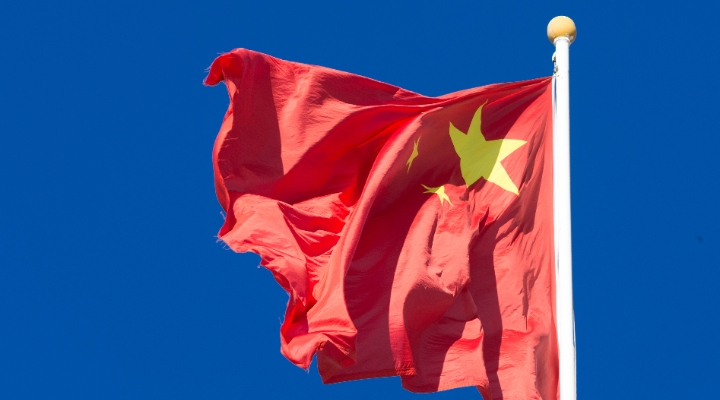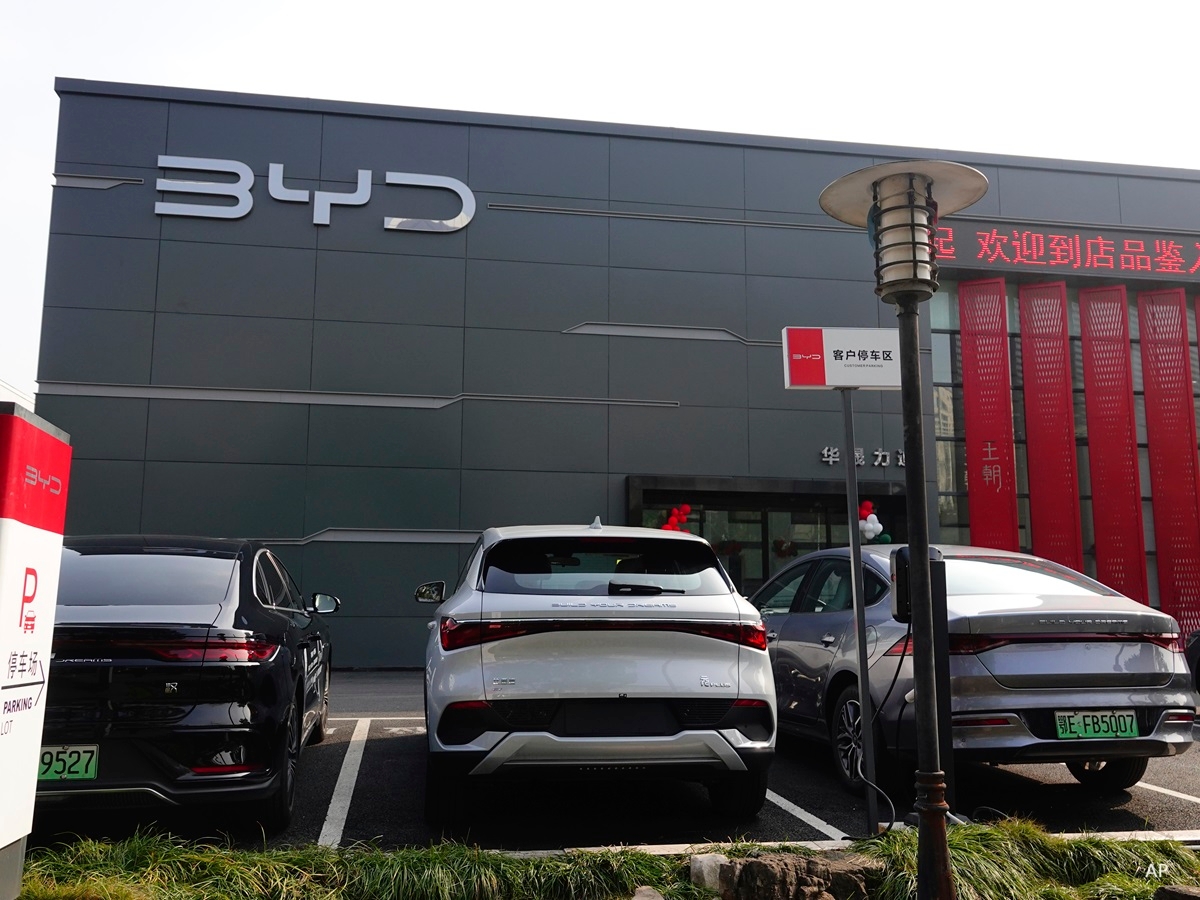
Global asset managers are eyeing the opportunities arising from China’s trillion-dollar fund industry, even as the investor base continues to expand. Morningstar equity analysts estimate that the number of high-net-worth individuals—those with investable assets of at least US$750,000—continues to grow.
One reason? Chinese people’s prolific saving rate. Morningstar's estimates show the nation’s household wealth could hit US$35 trillion over the next several years. In 2021, the U.S. household wealth sat at around US$140 trillion in 2021.
High Chinese Savings Rate a Positive
“With an increasingly wealthy population, expanding institutional participation, and faster-than-expected regulatory change, China now offers the US-based asset managers an extraordinary opportunity,” says Greggory Warren, senior stock analyst at Morningstar. Warren foresees that the market could rival the U.S. market in size, perhaps over the next decade.
He thinks the past regulatory environment proved to be “more onerous” for foreign asset managers, b0ut things have changed after the ownership relaxation in 2019. “In the process of being replaced by a more conventional and accessible framework, it should be easier for U.S.-based asset managers to do business here,” Warren says, adding that it would benefit U.S.-based asset managers “to not be so U.S.-centric”.
Expanding to China and other markets will serve as a good hedge, diversifying risks from their main and domestic business. At home, the traditional active fund shops feel challenged by the passive index-tracking products, with most of them providing similar market access at a lower price. Warren says the competition is especially fierce for firms that manage large-cap equity strategies, which are greatly exposed to the negative effects of the ongoing growth of low-cost passive equity products, which could further undermine the historically high levels of profitability.
Explaining the geographic diversification of asset managers, he likens it to asset class/product and channel diversification. “Geographic diversification provides asset managers with the ability to generate AUM and revenue from a wider array of markets, and offset AUM losses when other markets go out of favor,” Warren explains.
Getting in on the Ground Floor
The Chinese mass investor market is still in a nascent stage for foreign assets managers preparing to access it with their internationally-recognized investment vehicles. As of this writing, only a handful of American firms are licensed by the Chinese regulators to operate their wholly-owned retail fund subsidiaries in the region.
While it’s still too early to tell who’s going to be a winner in the long run in China, Warren says: “My best guess will be those firms with the deepest pockets willing to take on the risk of investing in that market and being able to navigate the government requirements and cultural issues in the country.”
The landscape continues to evolve, depending on factors like the asset managers’ market-entry strategies, the total size and features of the addressable market, the competitive landscape, and importantly, how the Chinese and the US government are going to respond to any of this, adds Warren.
“What we do know is that the APAC regional banks have a much stronger positioning, especially when it comes to distribution, so the key for the U.S. asset managers will be finding the best path to distribution in mainland China. They also must weigh the cost and the riskiness of the alternate distribution channels—retail, institutional and high net worth—in that market to find the pathway for consistent and stable flows.
With a growing number of asset managers setting up in Shanghai and other mainland cities, Rachel Wang, Morningstar’s director of manager research in China sees the positive side of the competition, which is providing individual investors with broader and better product choices.
For the broader Asia Pacific region, the growing wealth of many nations and institutions in the region should provide opportunities for growth via sovereign wealth funds and other vehicles.
Expanding the Geographic Mix
Morningstar covers nine U.S.-based asset managers that typically collect less than 20% of their AUM from the Asia Pacific region. Among them, only AllianzBerstein (AB) surpassed the industry average of APAC representation in AUM.
In terms of preparedness to expand outside of the home, BlackRock (BLK) and Invesco (IVZ) are slightly more ahead than peers in setting up in China.
In BlackRock's case, the firm is among one of the first global asset managers that are licensed to run a wholly-owned mutual fund business in China. The asset manager received permission after foreign ownership caps in China's mutual fund and securities sectors were scrapped in April 2020.
Warren views BlackRock’s expansion into the onshore China markets favourably. Its biggest rival in the passive space, Vanguard, prefers to focus on the joint venture it launched in 2020 with the Chinese technology giant Ant Group, instead of setting up a wholly-owned fund management company in China. As a result, it is expected that BlackRock is to face less competition from its biggest rival in the ETF space in mainland China.
On our coverage, aside from BlackRock, only Invesco has made meaningful headwinds into the Chinese market. Invesco has had one of the first joint ventures in the market, Invesco Great Wall, since 2003.
“Even Invesco does not normally break out China from APAC, despite having one of the oldest joint ventures in that market, but did give us some hint this past quarter in noting that they have $97 billion in Greater Investment China capabilities.”
©2021 Morningstar. All rights reserved. The information, data, analyses and opinions presented herein do not constitute investment advice; are provided as of the date written, solely for informational purposes; and subject to change at any time without notice. This content is not an offer to buy or sell any particular security and is not warranted to be correct, complete or accurate. Past performance is not a guarantee of future results. The Morningstar name and logo are registered marks of Morningstar, Inc. This article includes proprietary materials of Morningstar; reproduction, transcription or other use, by any means, in whole or in part, without prior, written consent of Morningstar is prohibited. This article is intended for general circulation, and does not take into account the specific investment objectives, financial situation or particular needs of any particular person. Investors should consult a financial adviser regarding the suitability of any investment product, taking into account their specific investment objectives, financial situation or particular needs, before making any investment decisions. Morningstar Investment Management Asia Limited is licensed and regulated by the Hong Kong Securities and Futures Commission to provide investment research and investment advisory services to professional investors only. Morningstar Investment Adviser Singapore Pte. Limited is licensed by the Monetary Authority of Singapore to provide financial advisory services in Singapore. Either Morningstar Investment Management Asia Limited or Morningstar Investment Adviser Singapore Pte. Limited will be the entity responsible for the creation and distribution of the research services described in this article.












.png)





.jpg)





